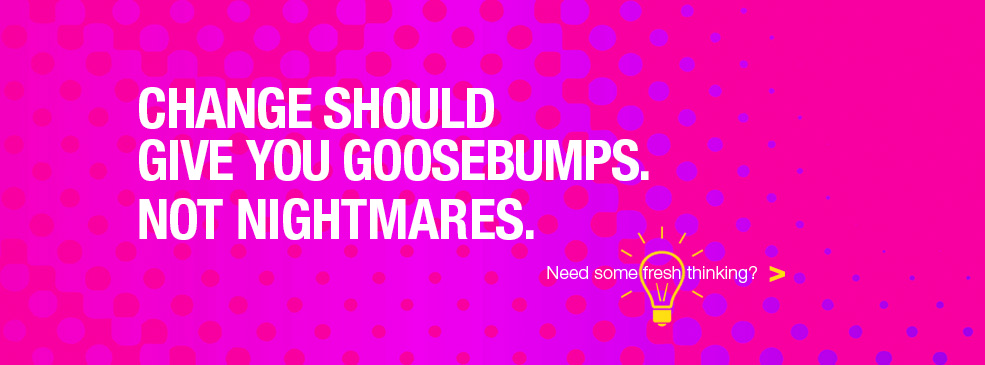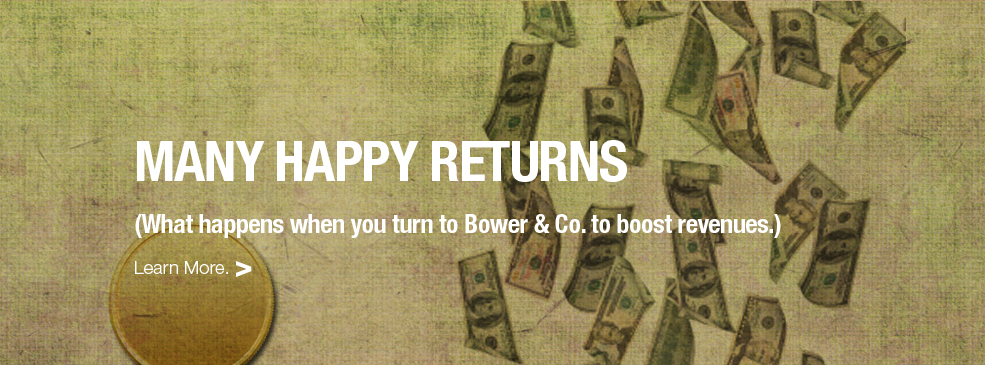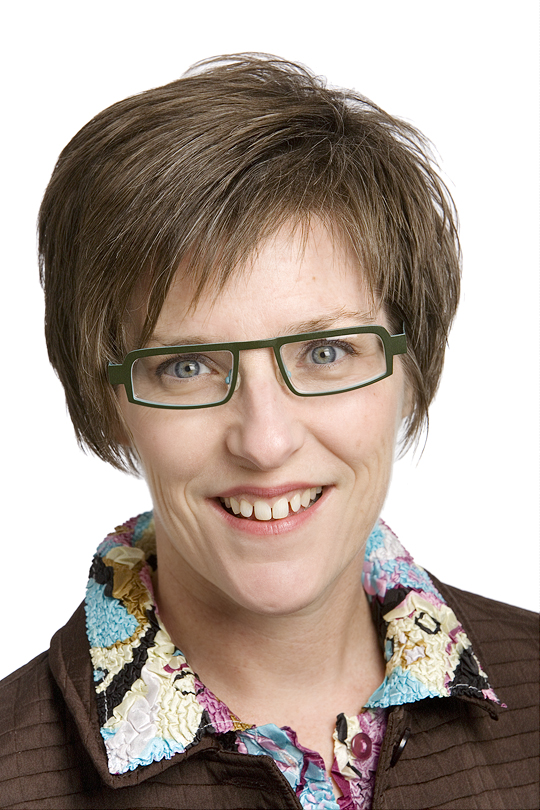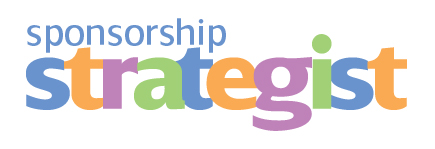What happens when you get into The Discomfort Zone?
This approach requires a positive mindset and periodic resets to flush out negative thinking and replace worries with wonderful new skills and progress.
When I was in 5th grade, I had a terrible art teacher. He was mean and stingy, harsh and critical. I have no idea how he became an art teacher, an educator who ideally would create a safe space for children to explore creativity and non-verbal forms of self-expression.
Needless to say, I did not excel in his class. In fact, I lived for years with a belief that I was terrible at art. That I could not draw.
Years later I took up ceramics and gobbled up everything I could learn about the craft. I practiced throwing, hand building, whipping up glazes, making tiles and mosaics, and even creating sculpture, which was the most challenging for me. Why? Because I told myself I couldn’t draw, and really, figure sculpting is drawing in three dimensions.
I struggled to create in clay the visions I had in my head. When finally my sculpting frustration became great enough, I broke down and took a drawing class. It was pretty scary.The still life that shifted my thinking. Not bad for someone who "can't draw," huh?However, because this teacher actually had a methodology and the skill to teach, applying geometry and new ways of seeing as the basis for drawing, I got it right away. I literally wept when my first still life took shape on my page.
“I can draw” became my new reality, obliterating years of weight and negativity about a false belief. Granted, I’m not making a living on my drawing nor do I have the desire to. But that experience of tackling a long-held and incorrect belief is just one of many occasions in which I’ve applied myself to learn something new and throw away baggage to become a beginner again.
In my work, I see people taking on new approaches all the time. We build on strengths and leverage existing skills that will enable them to make a lateral shift to bring forth a new reality.
Sometimes that’s not the case.
I meet leaders who refuse to take action about something pressing about their profitability or financial sustainability. They fail to recognize the urgency of a situation and become inured to their organization’s stagnation. They make excuses and defer to their passive or oblivious board members without being completely transparent about the status quo.
I witness nonprofit leaders avoiding — or sabotaging — sponsorship success because they believe they can’t sell. Or because their ego is in the way, and they repel learning.
Or they decide that theirs is not the kind of organization that works with corporations. Or they use words like “struggle,” “can’t,” and “not,” as in “I’m not the kind of person who sells.”
They procrastinate endlessly with busy work, like researching prospects, but never actually meet those prospects.What negative self-talk are you listening to and believing? Can you imagine there's a way to reframe?Where might you be facing blocks in your success because you’re having difficulty embracing the discomfort zone? What negative self-talk are you listening to and believing? Where do you feel stuck? And are you open to getting help around these issues? Are you ready to take a leap?
If you are, get ready because shifting the energy of one logjam often clears other hurdles. One nonprofit client told me how happy she is that her board members are really taking initiative. She hadn’t considered that our work together had catalyzed this new reality. We developed the strategies together, and then she and her team implemented, creating the kind of board support and engagement they really wanted. The kind that was best for the organization.
I just began working with a new client whose partners were at wits’ end about a challenge in their company. Tremendous change and bazillions of new competitors caused them to lose their footing. They were stressed, experiencing conflict among themselves, finding fault in their employees, and struggling to turn things around.
As soon as we got started, you could feel the energy patterns changing. By creating a positive environment where everyone’s opinion mattered, I led the team through a strategic discussion that most had never been part of. They dove in. They stayed with it. They asked questions. They worked well together. They came up with ideas. They laughed. They respected each other. They brought new insights to the group, going deeper. And most impressive of all — especially to the partners — they truly cared.
Whether you run a nonprofit organization or a business of any size, the speed of change in our culture is accelerating. Are you ready to embrace it and move with that change? Or withdraw and face the consequences?










 March 6, 2018
March 6, 2018
Reader Comments